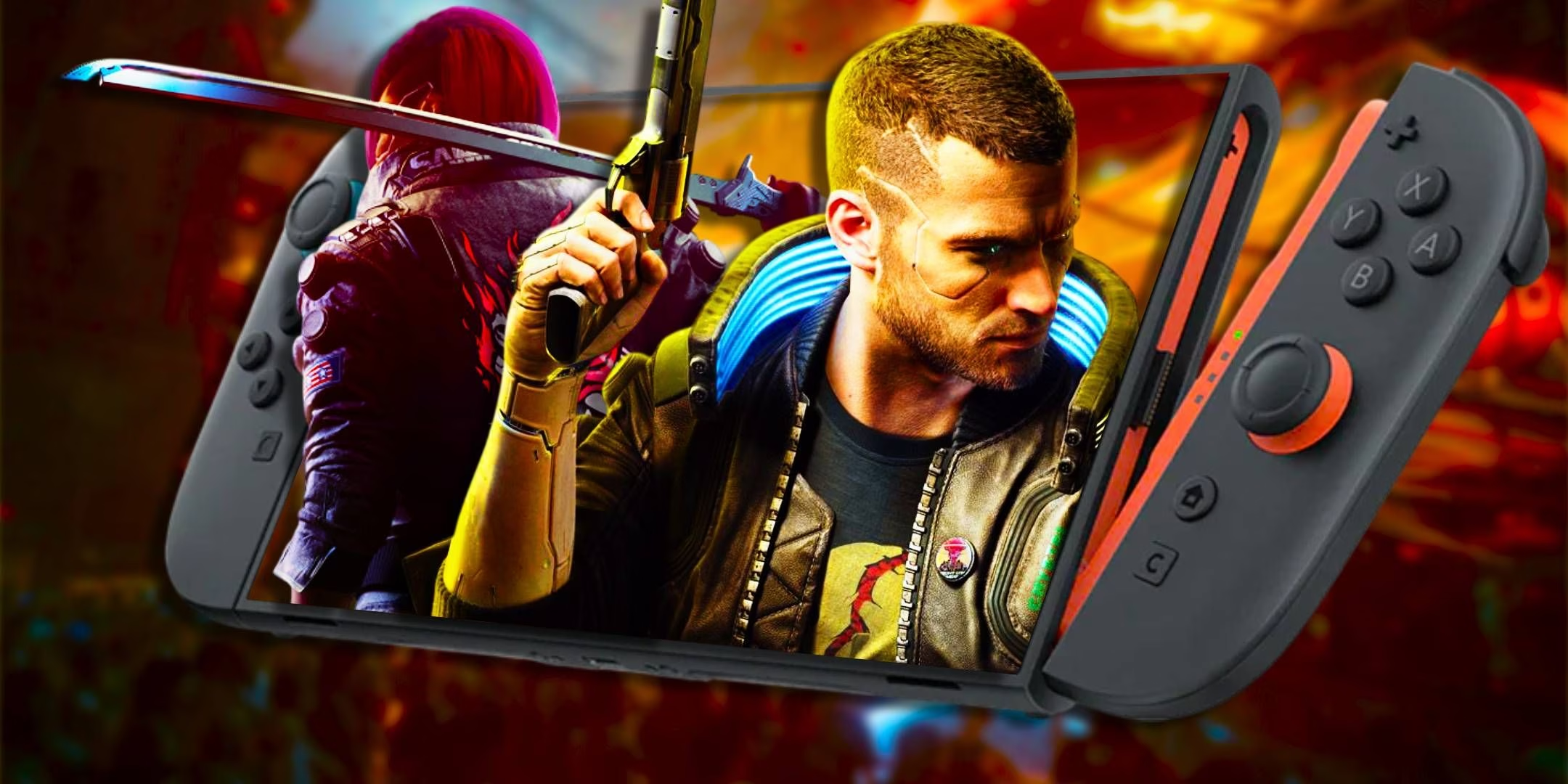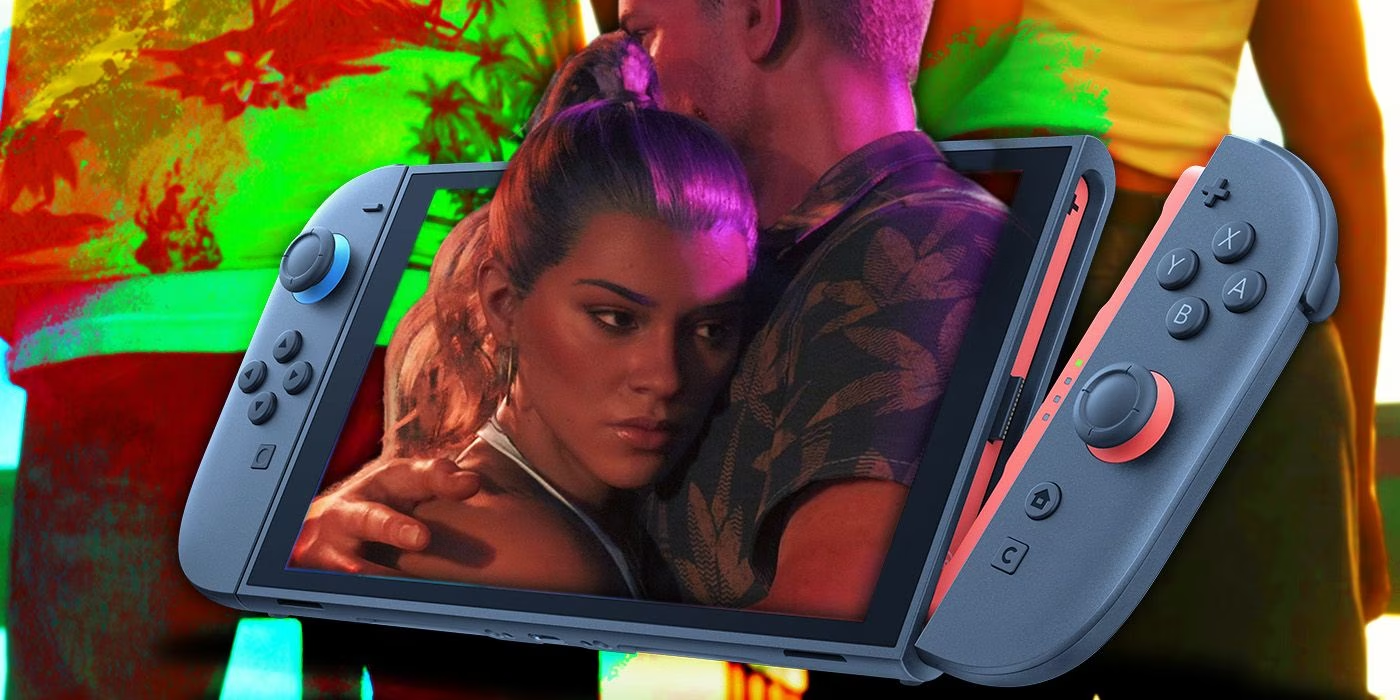The Impossible Port: How Cyberpunk 2077 on Switch 2 Changes Gaming's Portable Future
Cyberpunk 2077 on Switch 2 redefines handheld gaming with stunning visuals and smooth performance, setting a new standard for portable gaming innovation.
In the summer of 2025, something once deemed technically impossible has become reality. Night City now fits in the palm of your hand, and it runs with a smoothness that defies expectations. CD Projekt Red has accomplished what many industry veterans considered unthinkable just a few years ago—bringing the sprawling, detail-rich world of Cyberpunk 2077 to Nintendo's Switch 2 without compromising its soul.
The New Benchmark for Handheld Gaming

Cyberpunk 2077 has emerged as the definitive test for portable gaming hardware, much like Crysis once served as the ultimate PC benchmark. The game has become the modern "can it run it?" challenge that separates ambitious hardware from truly capable devices. What makes this port remarkable isn't just that it works—it's that it works exceptionally well.
The Switch 2 version doesn't merely function; it thrives. Whether played in handheld mode or docked to a television, Night City pulses with the same neon-soaked vibrancy that captivated players on more powerful platforms. The game maintains a stable frame rate even during the most chaotic firefights or densely populated market scenes, a technical achievement that feels like watching an elephant perform ballet—impossibly graceful despite the obvious weight constraints.
Unlike the original Switch port of The Witcher 3, which resembled a beautiful painting viewed through frosted glass, Cyberpunk 2077 on Switch 2 retains its visual identity. CD Projekt Red has packaged both the base game and its Phantom Liberty expansion onto a single cartridge, delivering a complete experience without compromise. This isn't just a port—it's a technical statement.
Breaking Boundaries: What This Means for Gaming's Future
The success of Cyberpunk 2077 on Switch 2 has opened a Pandora's box of possibilities. If this once-troubled technical behemoth can run smoothly on Nintendo's hardware, what other "impossible" games might follow? The industry is buzzing with speculation, and one name dominates the conversation: Grand Theft Auto 6.

Rockstar's upcoming opus has been positioned as the next evolutionary leap in open-world gaming, with visual fidelity and simulation complexity that supposedly demands cutting-edge hardware. Yet Cyberpunk 2077's successful transition suggests that even GTA 6 might not be beyond the Switch 2's capabilities, provided Rockstar is willing to invest the necessary optimization efforts.
The relationship between developer resources and technical possibility resembles a financial investment portfolio—with enough time, money, and expertise allocated properly, even seemingly impossible returns become attainable. Rockstar has already demonstrated willingness to work with Nintendo hardware through the Red Dead Redemption remaster on the original Switch. The potential market of the rapidly growing Switch 2 user base represents millions of additional sales that might justify the extensive optimization work.
The Optimization Challenge: Art and Science
Bringing massive next-generation experiences to more modest hardware isn't simply a matter of reducing resolution or texture quality. It requires a fundamental rethinking of how games function at their core. CD Projekt Red's work on Cyberpunk 2077 for Switch 2 represents thousands of hours of meticulous optimization, like a master jeweler carefully reshaping a diamond without diminishing its brilliance.
The developers have implemented Switch 2-exclusive control schemes that leverage the device's unique features, suggesting intimate collaboration with Nintendo during development. This level of platform-specific customization indicates that CD Projekt Red didn't just port Cyberpunk 2077—they essentially rebuilt it with the Switch 2's architecture in mind.
For Rockstar to achieve similar results with GTA 6, they would need to embrace comparable development practices. The process would be like trying to pour an ocean into a bathtub—requiring careful decisions about what elements are essential to the experience and which can be modified or scaled back without compromising the game's identity.
The Ultimate Impossible Port

If GTA 6 does arrive on Switch 2, it will likely require more compromises than Cyberpunk 2077 did. The game's rumored advances in AI behavior, crowd density, and environmental detail may need significant scaling back. The seamless open world might require segmentation through loading zones, similar to how Hogwarts Legacy was adapted for the original Switch.
Yet even a modified version of GTA 6 on Switch 2 would represent an extraordinary achievement. It would be like fitting an entire symphony orchestra into a jazz quartet—different in form but still capable of playing the same emotional notes. For many players, the ability to experience Rockstar's latest masterpiece in portable form would outweigh whatever technical compromises were necessary.
Some industry analysts speculate that GTA 6's recent delay might be partially attributed to Rockstar's efforts to prepare a Switch 2 version for simultaneous release. While this remains unconfirmed, the commercial logic is sound. Nintendo's platform represents a massive potential audience that Rockstar would be unwise to ignore.
The Future of Portable AAA Gaming
The success of Cyberpunk 2077 on Switch 2 has forced a recalibration of expectations throughout the industry. Games once considered too demanding for portable play are now being reevaluated. This shift mirrors what happened when smartphones first demonstrated that complex gaming experiences could function on pocket-sized devices, though at a much higher level of fidelity.
For developers, this new frontier presents both challenges and opportunities:
-
Technical Innovation: Finding new ways to compress and optimize content without sacrificing core experiences
-
Platform Parity: Determining which features are essential across all versions
-
Development Resources: Balancing the costs of additional optimization against potential market gains
-
Release Timing: Deciding whether to delay for simultaneous launches or stagger releases
For players, particularly those who rely on the Switch 2 as their primary gaming platform, Cyberpunk 2077's triumphant arrival signals that they won't be left behind as the industry advances. The anxiety of platform exclusivity—that feeling of watching a party through a window without being invited inside—may be diminishing.
My Vision: Gaming Without Borders
As someone deeply immersed in the gaming industry, I believe we're witnessing the early stages of a profound transformation. The traditional boundaries between "console games," "PC games," and "portable games" are eroding like sandcastles at high tide. Cyberpunk 2077 on Switch 2 isn't just an impressive port—it's a harbinger of a future where technical platforms matter less than the experiences they enable.
By 2027, I expect we'll see nearly simultaneous releases of major titles across all viable platforms, with differences in presentation but consistency in core gameplay. The concept of "impossible ports" will become increasingly antiquated as developers build their games with multi-platform scalability as a foundational principle rather than an afterthought.
This isn't just wishful thinking—it's the natural evolution of an industry that has consistently pushed against technical limitations. From the earliest days of gaming, developers have found ways to create experiences that exceeded what hardware specifications suggested was possible. Cyberpunk 2077 on Switch 2 is simply the latest example of this tradition.
The ultimate winner in this scenario is the player. When technical barriers fall, more people gain access to transformative gaming experiences regardless of their preferred platform. That's a future worth celebrating—and one that's arriving faster than many of us expected.
As Night City proves its portable potential in 2025, the question isn't whether GTA 6 can run on Switch 2, but rather how soon we'll be exploring Vice City on Nintendo's remarkable handheld. The impossible has become merely challenging, and in the gaming industry, challenges exist to be overcome.